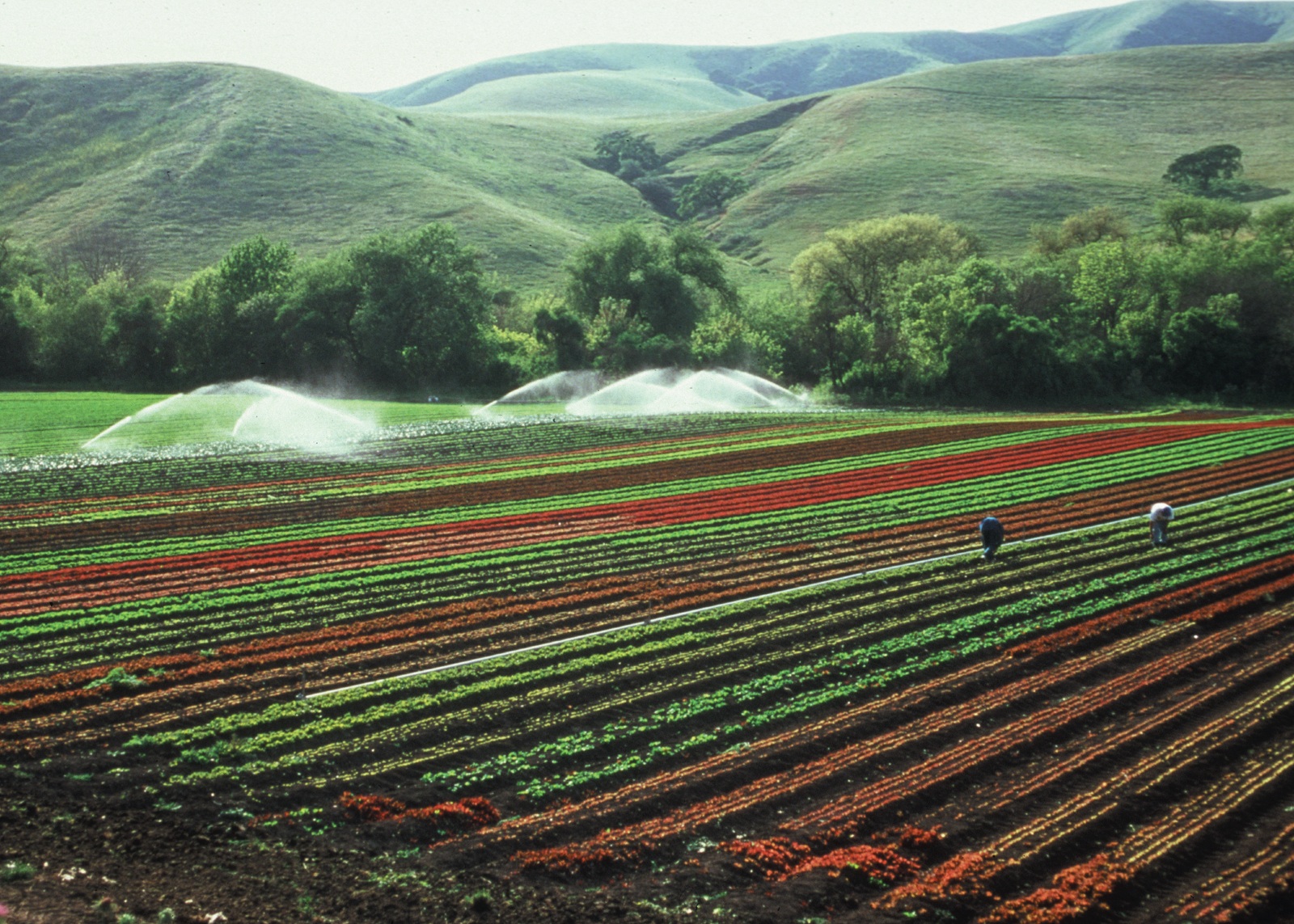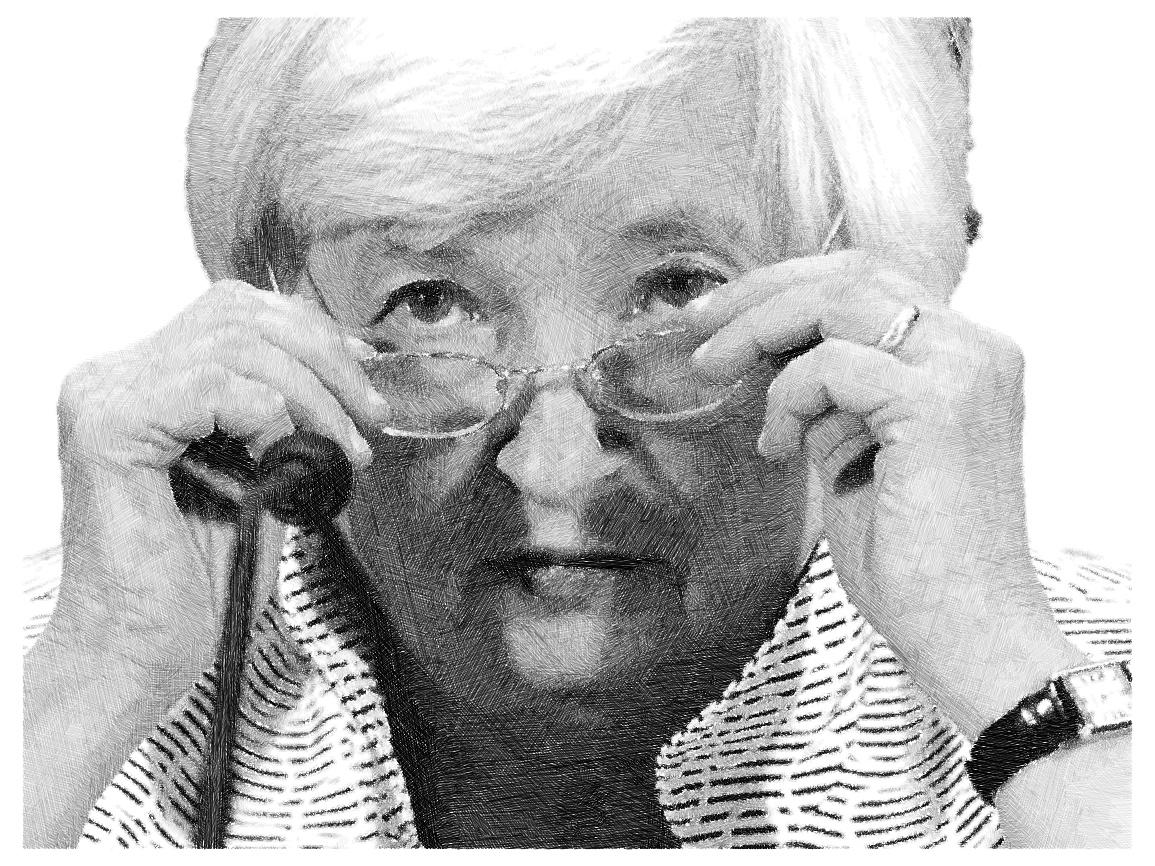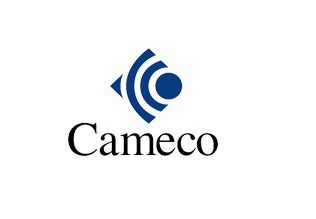by Roger Nusbaum AdvisorShares ETF Strategist
Last week I found a couple of articles about investing in farm land; one from Climateer Investing and the other at Deal Book. This is a subject that we’ve explored in some depth over the years. It is fun to learn about new investment niches and look for ones that can deliver on the promise of somewhat steady, uncorrelated returns.
There are a lot of farming stocks traded on foreign exchanges, a couple of easily traded ADRs for companies based in Latin America, recently there have been a couple of US REITs that have been listed. Global X had an ETF that it has since closed that appropriately enough had the ticker symbol BARN.
The appeal is simple; steadier, uncorrelated returns (repeated for emphasis). That description can potentially apply to all sorts of market segments that we’ve looked at over the years; fisheries, toll roads, airports and so on. Each individual can decide for themselves whether they deliver enough on that potential/promise to justify buying.
While I believe small allocations to these niches can be suitable for the right type of investor they are not for everyone and there is also a crucial point of understanding which is that when you buy the stock of a farming company you are buying shares and not the farm land itself.
Farming has evolved to include more science to increase crop yields. This includes growing different crops on the same piece of land from year to year along with giving a piece of land a year off. We all know what a controversial topic seed modification is these days but that is also about trying to enhance yields.
It is easy to believe that the ups and downs of the business of all of those things on a farm would look nothing like the up and downs of the stock market. Also it is easy to believe that the demand profile for crops looks different than that of products produced by most stocks in the stock market.
However the act of creating shares to trade in the stock market increases the likelihood that this supposed uncorrelated business will see the correlation of its shares align somewhat with the broad equity market. Shares in any company are subject to the same greed and fear that moves the price of any stock; these types of somewhat alternative stocks can’t be permanently immune from the stock market because they are a part of the stock market.
Every so often ideas like investing in wine, art or stamps become popular to read about because…the returns are steadier and uncorrelated. If you bought a case of wine and stored it, or a $50,000 painting and hung it in your home or do whatever people do with stamps I bet none would look anything like the stock market but this effect would be diluted if the same things were purchased through some sort of fund that priced on a daily basis in the public markets.
They are still valid for the right type of investor but perhaps the path here for people is that where alternatives are concerned they should be more tactical than with an index fund or dividend stock. Not all of these alternatives are low beta. The farm stocks tend to go from being crushed to skyrocketing while some of the airports and toll roads tend to be a little steadier.
There are funds that target various slices of alternative investing (here I am lumping things like farms and toll roads in with funds that target various alternative strategies) and this space is going to grow and some of them will be successful at meeting the steady return low correlation objective.















